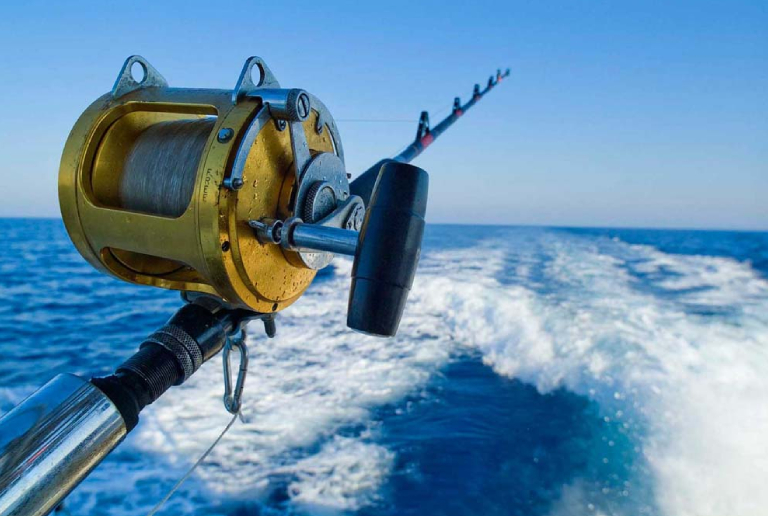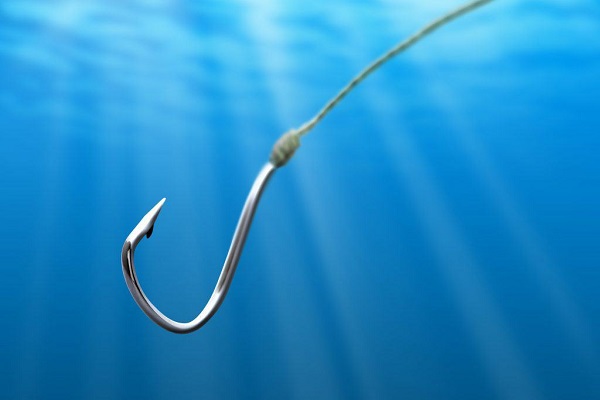
Fishing is one of the best hobbies you can indulge on your own or with your friends. It is an excellent activity to do when you are out of the city. You can just relax and bag some catch for dinner. Are you new to fishing? Well, we have compiled a list of fishing equipment you should gather before starting the hobby.
As a starter, you may find it hard to shop for all the fishing gear. Some people may even get confused about which ones to purchase and which ones to neglect. There are several fishing accessories, tackles, reels, and fishing rods easily available in the stores. Remember, each fishing equipment has their exclusive features for improving the experience. Fishers or anglers who fish using a fishing hook usually carry a tackle box with various fishing equipment. However, every box contains certain basic items apart from the traditional fishing reels and rods. We have listed items that most anglers carry in their arsenal. This way, you can get a clear knowledge of what is required to get started and how fishing works.
Fishing equipment for starters
In this blog, we have explained everything you require from the reels and rods to the tiny tackle items like the cutters, swivels, lures, baits, sinkers, hooks, and lines. Generally, the beginner’s fishing equipment is affordable and it is easily available at nearby local fishing stores. So, there is no need to worry about the cost or how to obtain it.
Know More About : The Best Fishing Gears And Crafts
Fishing reel and rod
One of the most important and basic equipment for fishing is fishing rods. They are slender poles made out of durable and flexible material. It is mostly graphite or fiberglass. It permits fishing lines deeper and further into the water. Fishing rods are classified by their taper, bending capability or action, responsiveness, and power or strength.
Selecting the right rod depends upon the type of fishing you are planning to do. For starters, fishing rods with average strength works perfectly. Through this, you can angle different types of fish, and also it remains sufficiently responsive. You can quickly feel when the fish bites, so easily reel it from the water. Remember, the rod should be longer than the individual’s height by around 11.8 inches or 30 centimeters.
The fishing reel comes attached to the rod. It helps to wind line and draw in the catch. It is simple to handle, affordable, and lightweight. Mostly, spinning reels are versatile as it is recommended for fishing while on the boat, at a pier, and from the shore.
If you are fishing in low quayside water, it is recommended to use a long rod with a line for catching small fish. Besides, there are several budget-friendly, basic Spincast reel and rod combos that are best for starters.

Choosing bait and hooks
Bait is used for attracting the fish. It is attached to the line’s end. It is recommended to use live bait. Different kinds of fish get attracted to various kinds of food. It is best to start with two effective and common live bait- minnows or small freshwater fish and worms. Some of the other cheap options are bits of hotdog, marshmallows, squished bread, corn, and grubs. It is easy to get live bait by visiting a local bait shop. If you have a backyard in your house, dip up on a damp night, collect them in a tin with soil and grass and keep the container in a dim, cold place till you are fully prepared to take out.
Apart from the lines, it is recommended to stock a range of fish hooks that will help you in catching fish of various sizes. When the fish get attracted to a nibble, the hooks will poke them in the mouth. In some cases, it will poke in their body. There are various kinds of hooks like treble, circle, double, and single. If you are a starter, you can begin with single hooks. The size of the single hooks starts from 32 to 19.
Fishing line
Another important fishing equipment to carry in your box is a fishing line. If you have a new reel, it usually comes up with one or two rolls. It is always recommended to carry the extra fishing line. There is no need to worry if the fishing line gets tangled or breaks. It is common and happens when it is bitten by a strong game fish or gets caught on logs. Most of the fishing lines are classified according to their elasticity, visibility, and castability and each differs in strength according to the kind of fish you are fishing. It is good to have strong and heavy fishing lines when you are fishing at rough environmental conditions. In the same way, when you are at clear waters, you would need a stealthy thin, and clear one. This way, your catch will not escape from them.




